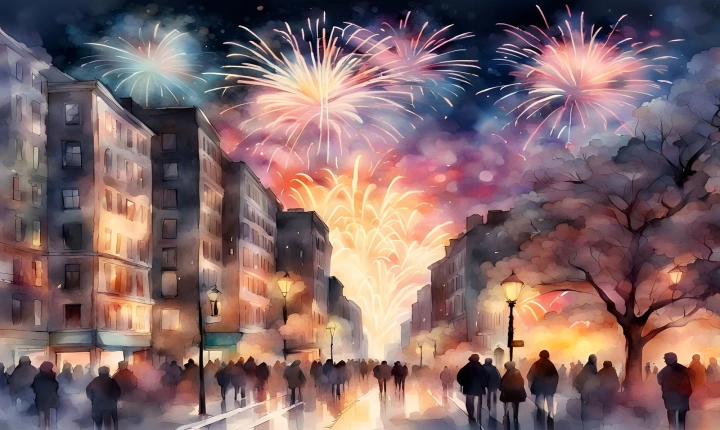Title: A Step-by-Step Guide on How to Turn a JPEG into an AI File
Converting a JPEG image into an AI (Adobe Illustrator) file can be a useful skill, especially for those working in design, marketing, or any field that requires scalable and high-quality graphics. While the JPEG format is great for sharing images online, an AI file offers a vector-based approach that allows for flexibility and easy editing. In this article, we will walk you through the process of converting a JPEG into an AI file, step by step.
Step 1: Assess the Image
Before diving into the conversion process, take a moment to evaluate the JPEG image. Consider the complexity of the image, the level of detail, and the colors used. Keep in mind that while simple images with clear edges and limited colors may convert easily, complex and detailed photographs may require more manual work to achieve a satisfactory result.
Step 2: Open Adobe Illustrator
Once you have assessed the image and you are ready to proceed, open Adobe Illustrator on your computer. This software is essential for converting a JPEG into an AI file due to its vector-based capabilities.
Step 3: Create a New Document
In Adobe Illustrator, create a new document by selecting “File” > “New”. Set the document size and artboard dimensions according to your preferences and the dimensions of the original JPEG image.
Step 4: Place the JPEG Image
With the new document open, go to “File” > “Place” and select the JPEG image you want to convert. Click “Place” and then click on the artboard to insert the image.
Step 5: Image Trace
With the JPEG image selected, navigate to the “Window” menu and select “Image Trace” to open the Image Trace panel. Choose the “Auto-Color” option if the image contains multiple colors, or select “High Fidelity Photo” for detailed photographs. Adjust the settings as per the image complexity and your preferences.
Step 6: Expand the Image Trace
After successfully tracing the image, select the image and click the “Expand” button that appears at the top of the workspace. This will convert the traced image into vector paths that can be easily edited and manipulated.
Step 7: Save the File as AI
Once the image has been expanded and converted into vector paths, you can now save the file as an AI file. Go to “File” > “Save As” and choose the AI format from the dropdown menu. Name your file, select the destination folder, and click “Save”.
Step 8: Review the AI File
Open the newly saved AI file to ensure that the conversion has been successful. Check for any inconsistencies or imperfections in the vector paths and make any necessary adjustments using Adobe Illustrator’s editing tools.
By following these steps, you can effectively convert a JPEG image into an AI file, allowing for greater flexibility and scalability in your design projects. Whether you’re working on logos, illustrations, or any other graphical content, having the ability to transform raster images into vector-based files can greatly enhance your creative capabilities. With practice and experimentation, you can refine your skills in converting images and unlock the full potential of vector graphics.
